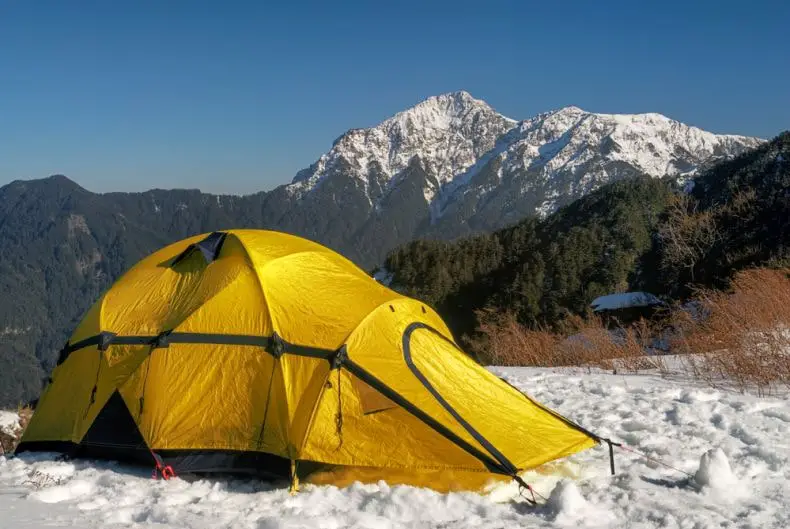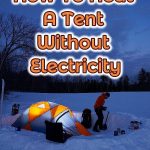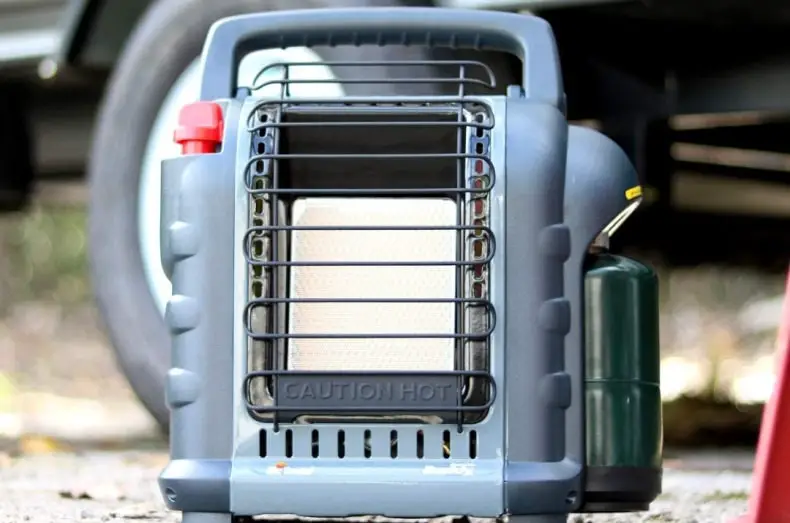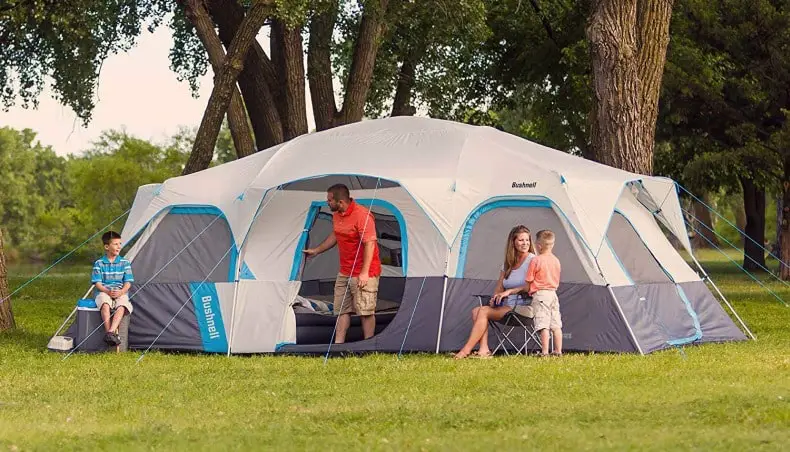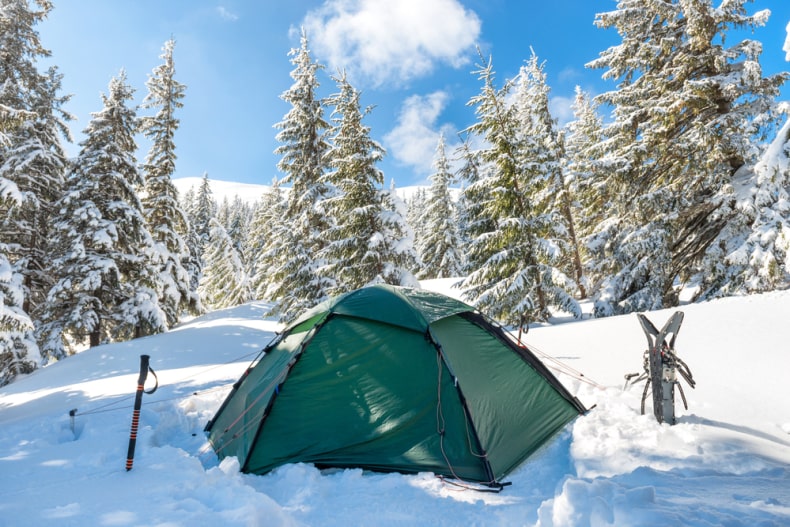Who doesn’t love camping in the great outdoors? Being outside, surrounded by nature, it’s a truly magical experience. Although it might be nice and warm during the day, once the cold night starts to set in, you’ll find that it’s hard to enjoy the majesty of nature when you’re freezing. To fight against the cold, many outdoor hikers and campers recommend owning a personal electric heater.
If we’re being honest, not everyone wants or is going to have an electric heater. And what if the heater breaks in the middle of the night? Or runs out of power? If you’re dragging all the equipment for the heater, you’re going to carry less essential gear. Those extra batteries or solar chargers could be replaced with more food or more bottles of insect repellent.
More to the point, the idea of heading out into nature is to escape from the modern world. Dragging an electric heater with you or attempting to find a power outlet at your campground, defeats the purpose of going out camping in the first place. Therefore, we’re going to show you the best ways to heat a tent without electricity!
Now, as some of these options are DIY, we are splitting the article into two parts. The first part will be items you can buy that will assist you in keeping warm, and the second part will be tricks you can utilize to keep yourself warm. After all, not everyone is a skilled camper or survivalist and we want to provide a useful article for all skill levels!
Table of Contents
Items For Staying Warm
Picking the right, and small tent
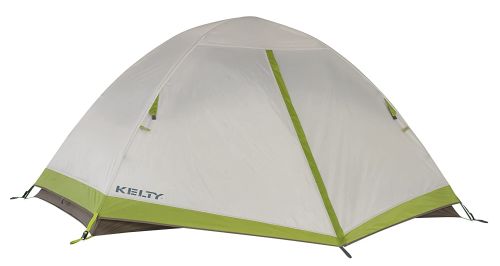
The first way to ensure your tent will stay nice and toasty is picking a tent that is well made, and above all else, small. The Kelty Salida Camping and Backpacking Tent is a good example of what you should look for in a small tent.
Notice that the tent is useful for three seasons. Ideally, you’d want a tent that can cover all four seasons, but those can be quite expensive. The price point may be an off-putting factor to some, but rest assured that a good quality tent is what you want, not a cheap one. Expect to spend a minimum of one hundred dollars for a good quality one-person tent, and up to four hundred dollars or more for high-quality tents like a Big Agnes.
Now, why choose a small tent over a big tent? Smaller tents have less room and allow your natural body heat to radiate into the surrounding air. With a larger tent, and you alone in said tent, the heat you generate is quick to fade away. If you’re going camping with more people, sharing a tent isn’t a bad idea. But if you’re going by yourself, a single-person tent will suffice.
Sleeping bags and thermal blankets

Along with a good tent, you’ll want a good sleeping bag. After all, that tent isn’t going to keep you warm all by itself. To that end, one of the absolute best sleeping bags on the market, in terms of warmth, is the Western Mountaineering Alpinlite Sleeping Bag. While effective at keeping you warm, again, the price point may scare you away. And good quality sleeping bags usually aren’t cheap.
For those seeking a sleeping bag that is not as expensive, but still effective on a budget, try the Kelty brand of sleeping bags. Now, regardless of which brand you go for, you want to make sure your sleeping bag is a quality product. Because if it isn’t, you’re in for a long and cold night.
Now, if worse comes to worst, don’t worry, you have one more tool at your disposal, and that’s thermal blankets.
If you’ve never seen a thermal blanket, imagine a giant piece of aluminum foil you wrap around yourself. The blanket is designed to retain heat and keep the elements away from you. You can buy emergency blankets in bulk, and we recommend either the Swiss Safe or World’s Toughest.
It’s also a good idea to have thermal blankets on hand just as a precaution, so you can’t go wrong with a few packs on hand.
Catalytic Heater
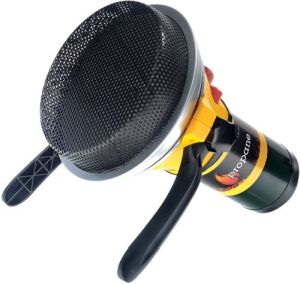
Lastly, if you just can’t stay warm at all, you may have to invest in a catalytic heater. Simply put, these types of heaters use propane and through a chemical reaction that releases no smoke or fire produces heat. Yes, it’s still a heater, but it’s not an electric heater and runs off of propane instead. This means you will need to carry the fuel for it, which adds more weight.
One of the best catalytic heaters on the market is by Martin. It’s small, uses only a one-pound propane tank, and can last up to seven hours. Truth be told, what you should do is use this to regulate the heat inside your tent. Not just leave it on all night long. Keeping your tent insulated, which we’ll discuss below, is a great way to make your tent nice and warm and a catalytic heater is perfect at maintaining the heat.
Thermal blankets, catalytic heaters, proper tents, and sleeping bags are just some things you can buy to ensure your tent and you will remain warm throughout the night. This article isn’t just a shopping list, as we also want to show you how with a little DIY you can keep your tent warm!
Insulation

Let’s go into more detail about keeping your tent insulated. Now, if you want, you can just buy a four-seasoned tent that will come pre-insulated for you. But let’s take a DIY approach instead. How should you go about insulating the inside of your tent? You need materials, for starters, like this insulating foam. Layer it on the inside of your tent, and all that warm air is now locked in your tent.
Alternatively, if that is too much trouble, you can just insulate the floor of your tent. While the walls of the tent will be in contact with the outside air, the floor is where you’ll sleep on. Although for this method to work you’ll have to sleep on the ground, so we’ll recommend once again getting a good sleeping bag. Using an insulating material like the foam listed above, roll out enough that it’ll cover not just the ground but also the walls.
A good four to five inches against the walls of your tent is all that you’ll need. This creates a nice, reflective pocket for you that reflects the heat your body heat right back at you as opposed to dispersing. We’ll discuss more about the ways in which your body warms up the surrounding air below.
Of course, carrying the insulating material or modifying your tent with the insulating material may not seem ideal to some. If things are desperate, you can use leaves and clutter from around the campsite to create simple insulation for your tent. The same rules apply, enough material to cover the floor and some walls. Just make sure there isn’t anything crawling or alive in the material you take into your tent.
Tricks For Heating Your Tent And Staying Warm
Hot Rocks
Using natural resources whenever and wherever they’re available is an important lesson for both survivalists and campers. And what’s more natural than rocks? This method is also one of the easiest ways to stay warm but still requires some explanation and practice so you don’t burn yourself or the tent in the process.
Rocks can hold a limited amount of thermal energy that they gradually radiate. You want to capture this energy to stay warm, so what you need to do is find some nice-sized rocks, roughly around one or two pounds for smaller tents, and five-to-ten pound rocks for much larger tents. Rocks near streams and rivers are perfect candidates. Once you gathered enough rocks, and you’ll only need around four or five for a small tent, place them around a fire.
It’s important to note that you need to place them close to the fire and not in the fire. If you put them in the fire, there is the chance that they might burn you when you attempt to retrieve them. Wait around a half-hour to an hour for the rocks to fully heat up. You may have to poke one to see if it’s hot enough. Once you’ve determined that they’re the right temperature, wrap them in some cloth so they’ll be easier and safer for you to handle.
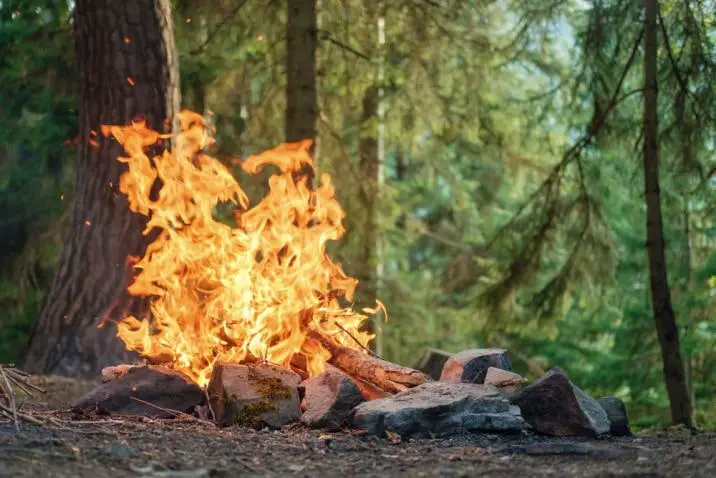
Inside your tent, place the rocks apart. Normally at the far corners of your tent if possible, just away from where you’re sleeping. Keep the clothes around them so they don’t accidentally burn the tent or you touch one by accident. The rocks will radiate their heat for a few hours and eventually will go cold.
The best part of this method is the rocks are reusable, so if you’re camping in the same spot for a few days, don’t hesitate to keep the rocks with you. It’s recommended you start preparing the rocks before you go to bed, as if you heat them too early, they’ll be cold by the time you’re ready to get some sleep.
Hot Water Bottles
This method is like the hot rock method above, but instead, you’ll be using water bottles. You can use traditional water bottles but plastic bottles will do.
For this method, you’ll want to heat up some water and distribute it evenly among your bottles. Again, the size of the tent will determine how many bottles you’ll need. Four or five will be enough for a small tent, ten or fifteen for a medium-size tent. Distribute them where they’re not all bunched together and enjoy!
Hot water will radiate its heat much slower than a rock, but at the same time, it won’t produce as much heat. If you wake up in the middle of the night and are shaking, try pulling some of the bottles close to keep yourself warm. You’ll find heated water bottles will last a good few hours.
Much like the heated rocks, prepare your hot water before going to bed. While these water bottles will last longer than rocks, you don’t want warm or cold bottles by your side when its time for bed.
Put Your Tent Over a Campfire
No, we don’t mean putting your tent over a live campfire. That’s just dangerous. Instead, you’ll want to place your tent over where the campfire used to be. And for that, you’ll need to dig a trench and create a pit fire that’s roughly the size of your tent. After it has been lit and you’ve thrown in plenty of firewood, fill the pit back up and set up your tent.
The area is going to remain warm for many hours, and if you’re placing your tent over a campfire you won’t need to insulate the bottom. In fact, that would just reflect the heat away from you.
While this can guarantee you a nice, toasty floor to pitch your tent on, you are wasting time and energy to dig such a large pit and build a fire only to put it out. The choice is up to you, of course, and some find that it’s easier to do this than deal with insulating their tents or heating up rocks. We found the method works perfectly but hated that the fire went to waste.
Your Body and Heat
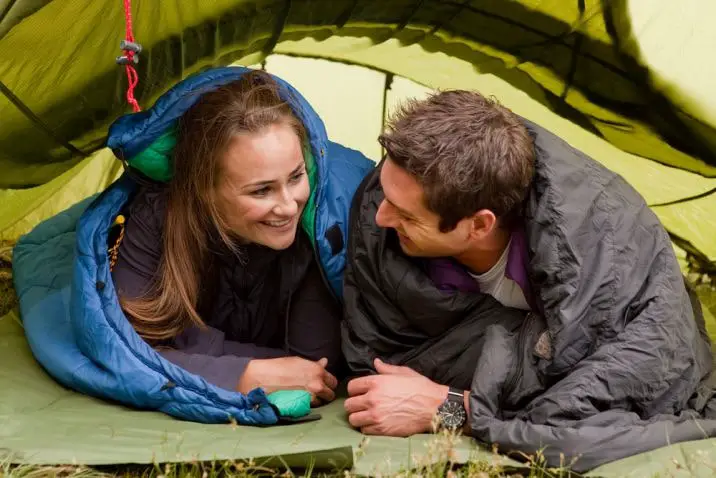
As we have discussed throughout this article, your body radiates heat. Therefore, you want a smaller tent if you’re the only person because your own body heat should be enough to warm you. If you have too many heating apparatuses in your tent, and the tent is small, you’re going to be in for an unpleasant night.
So outside of wearing the right clothes, having the right sleeping bag, and insulating your tent, try to go to bed warm. Fill your stomach before going to bed and make sure to not drink anything around three or so hours before heading to sleep. If you need to urinate, make sure to do that before going to bed.
By having a full belly and not having to leave your tent to answer nature’s call, you’ll radiate enough heat where you don’t have to worry too much about having other heating methods. This being said, just relying on your body heat isn’t always going to be your best option either.
So, these are our methods for heating a tent without electricity. As you can see, there are a variety of different methods out there, some of which just require a little DIY. What is best, we found, is to experiment with different methods to find the ones that work best for you. After all, it’s not going to be a one-size-fits-all sort of scenario. Practice some of these at home, and talk to other campers to see what they suggest.
Staying nice and warm in your tent isn’t a chore and sometimes it can be really fun!

